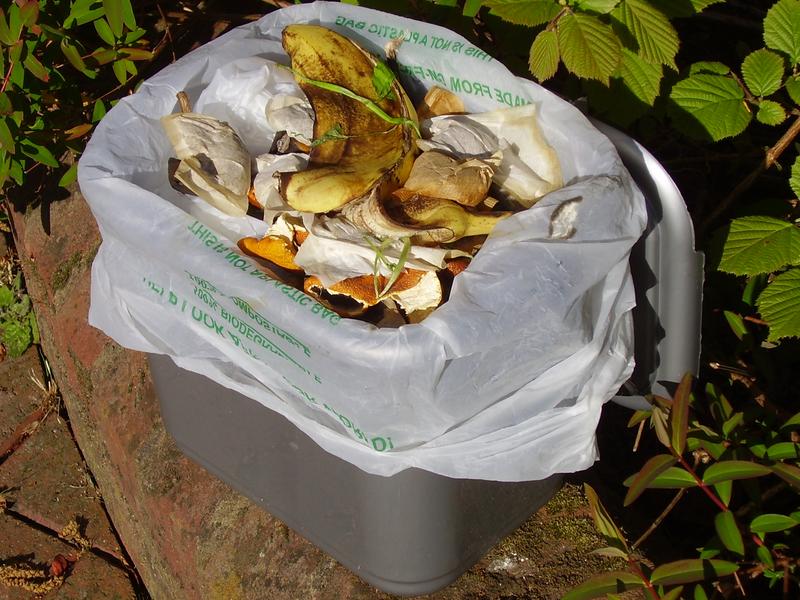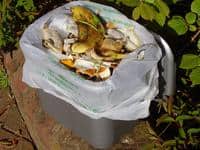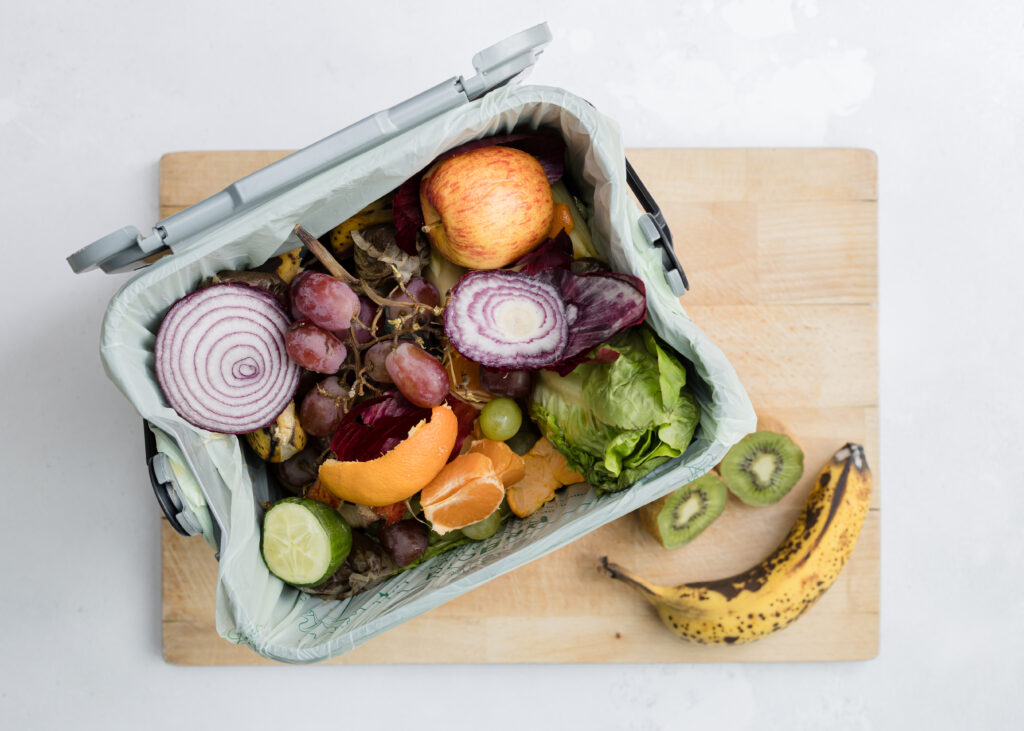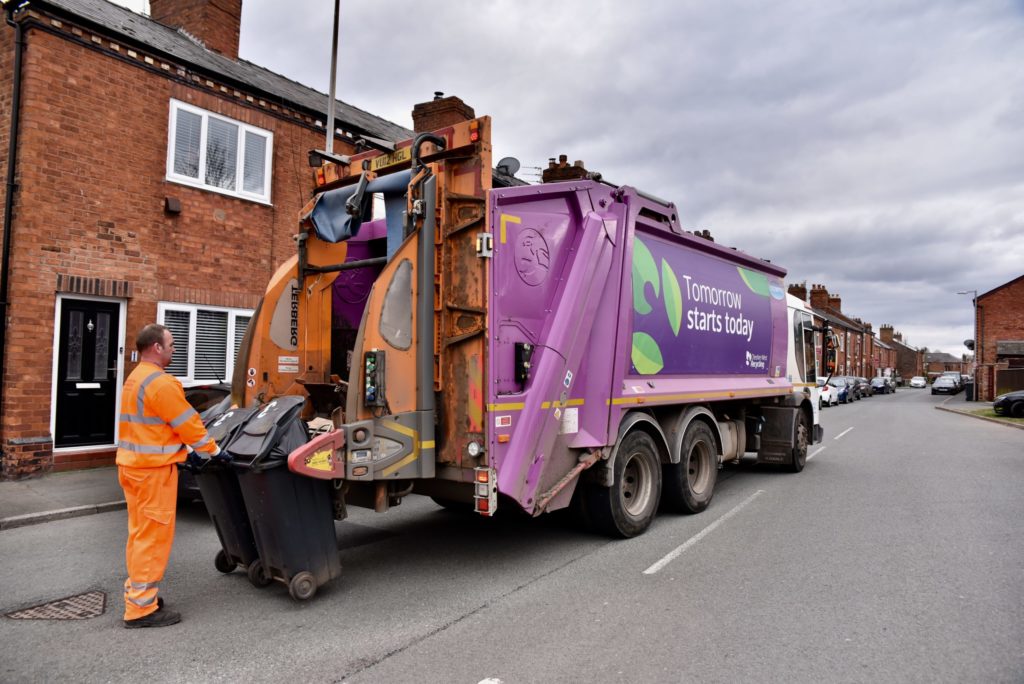Heavily endorsed by the Waste Strategy 2007, anaerobic digestion is the star technology of the moment – everyone seems to have an opinion on its viability and a number of waste management companies have plans to build digesters to treat food waste in the future.
The process results in two by-products – a biogas made up of methane and carbon dioxide which can be used to generate electricity and a digestate which, if the input is source segregated could be spread onto land in the same way as compost or used as a topsoil on landfill or brownfield sites.
Anaerobic digestion was initially developed for ‘wet' homogeneous wastes such as sewage sludge and agricultural slurries. However recently there has been a shift towards using the technology to treat food waste as it has the potential to create high levels of renewable energy.
Defra's New Technology demonstrator site in Ludlow, operated by Greenfinch is often cited as an example for the potential of using AD to process food waste in the UK. Indeed Greenfinch's website states that one of the aims of the Ludlow project is to help “anaerobic digestion to become a leader in waste management and renewable energy.”
In 2006 the site began processing 5,000 tonnes of organic waste per annum collected from South Shropshire. The digestate from the process is used by the local farming community and the biogas is used to heat the digesters. Greenfinch is also looking at the potential to use a proportion of the biogas as part of a heating system for an Ecopark which is planned adjacent to where Greenfinch it is sited- providing another line of revenue for the technology.
Greenfinch's director, Michael Chesshire has been working in the AD and biogas field since 1975 and explains why he thinks AD is so viable. He says: “Firstly, AD has really good low carbon credentials – it has the potential to create heat and electricity, secondly digestate is beneficial as a biofertiliser displacing the nitrogen in the soil from manufactured fertilizers and also AD lends itself to local solutions reducing the amount of CO2 used to shift food waste around.”
While England is just waking up to AD's potential, the technology has been used to process biowaste in Europe, and in particular Germany and Switzerland, for many years.
John Burns, director of Defra's Waste Implementation Pogramme says the reason for the UK's seemingly sudden interest in AD is simply indicative of the UK's late take-up of new technologies in general- something which the new technology programme was set up to overcome.
He also points to the increase in landfill tax by £8 per tonne every year, which has forced the industry to look around for alternate ways of dealing with waste. Mr Burns confirms: “We have only started seriously looking at using other new technologies since landfill has become less and less of an option”
Source segregation
Another factor which has helped to boost AD's popularity is the improved level of information regarding food waste arisings, highlighting the need for more recycling infrastructure to tackle the waste stream.
This March, the Waste & Resources Action Programme (WRAP) published research which revealed that households in the UK throw away 6.7 million tonnes of food every year, accounting for around a third of all the food we buy. WRAP research also revealed that source segregated food waste collections attracted higher tonnages of uncontaminated food waste in comparison to commingled collections with green waste.
WRAP's research was quoted in the Waste Strategy for England and Wales published this May which stated: “Our recent research has suggested that anaerobic digestion has significant environmental benefits over other options for food waste (and may be particularly cost effective for food waste if separately collected).”
However the Government is not the only enthusiast for the technology; environmental campaigners, Friends of the Earth (FoE) are strong supporters of AD and describe it as the organisation's preferred new technology to create renewable energy.
Senior waste and resources campaigner at FoE Michael Warhurst says: “UK residents are becoming more and more familiar with separate collections for recyclables so extending this to food waste collections and then treating the food waste using AD makes a lot of sense.”
IVC
Until recently, in-vessel composting (IVC) was perceived as the most economical way of treating food waste. However the Government's white paper on Energy, published this June, changed this as it proposed a new “banded” system of support for some energy-from-waste processes, via the Renewables Obligation Certificate (ROC) system.
Emerging technologies for renewable power generation such as anaerobic digestion were identified as eligible for two ROCs per MWh – making AD financially attractive as well. However these changes are not expected to become official until March 2009.
Indicating the importance of AD's economics on the industry's choice of technology, in April Trelawney Dampney, managing director of Dorset-based organics recycling firm Eco-Composting, said: “We are currently looking at putting in an AD plant and I am hoping that the value of ROCs will increase to make schemes such as AD viable. At present it is more expensive than IVC but increasing the value of ROCs would tip the balance.”
As AD was originally designed for sludgy waste, the process does not need a bulking agent. Mr Morgan says: “Anaerobic digestion enables councils to collect food waste separately and while they may be treating less volume than the mixed food waste collections, they will achieve similar results.”
An additional benefit to using AD, according to Bert Dierick, from Belgian anaerobic digestion specialists, Organic Waste Systems, is that anaerobic digestions is known to have “200 times less odours than aerobic composting, as in anaerobic systems, most volatile components are broken down by bacteria in the digester.”
Aerobic composting has suffered from a long history of odour problems and despite developments in the design of composting facilities, in addition to a range of air filtration systems and odour suppressants on the market, planning permission for new compost facilities is often impeded by public complaints, concerning odour.
The balance
While anaerobic digestions seems to be the technology of the moment, IVC has one major advantage over AD and that is that compost created in an IVC which follows the Quality Protocol for Compost can be defined as a product.
AD digestate on the other hand is still technically a waste and subject to waste management licensing exemption rules for both agricultural use or land restoration.
Also, if the digestate is spread directly onto the land, the digestion process and the land spreading has to be done in accordance with the Animal By-Product Regulations 2005 – the guidelines for the use of meat-inclusive food waste.
In order to address these obstacles, WRAP and the Environment Agency are designing a protocol for anaerobic digestate which is set to be consulted on in February. Nina Sweet, who heads up the AD protocol team at WRAP said the protocol has been designed to achieve what the composting protocol has done. She explains its aims: “To define at which point the material stops being a waste, to give more confidence to users of the digestate, and to increase the market for the product.”
Establishing a value for the digestate will enable the industry to sell the product onto farmers and landscapers to help them improve soil quality and reduce fertilizer application rates.
Ms Sweet explained that the problem with establishing an AD Protocol is that not only are there a number of different types of anaerobic digesters (wet and dry, single batch, double batch) there are also multiple inputs which AD can be used to process.
The Technical Advisory Group for the AD protocol has already considered 75 input waste types as an indication of the scale of the project.
AD can also be used to treat residual waste – one example of this is Biffa's 40,000 tonne capacity Mechanical Biological Treatment facility which takes Leicester City's municipal waste. The first stage of the MBT process is to remove any recyclates from the waste using magnets. The second stage is the biological process which is where anaerobic digestion is used to help remove any biological activity. This is an important stage as it avoids the waste producing methane when it is in landfilled.
Hype?
With all the excitement surrounding anaerobic digestion and its prominence in the Waste Strategy, one cannot help but question if it is all a bit too good to be true.
It must be remembered that anaerobic digestion processing for food waste has never been proven in a full scale facility in the UK. While other companies have built anaerobic digesters (including Biogen in Bedford, Biotech in Holsworthy and EarthTech in Stornaway) Greenfinch is the only plant taking around 90% food waste as its feedstock and this, is still a Mr Chesshire describes it, a “sub-commercial” project.
However from Greenfinch's experience we can gauge that the success of AD is heavily reliant on the optimisation of food waste collections. Mr Chesshire explains: “It only works if the collection methodology is right. We have found that food waste collected from local authorities using kitchen caddies and starch liners has the least amount of contamination. We are strongly advising local authorities to provide free starch liners to householders or we will end up with plastic in the digestate from them using conventional plastic bags.”
Dr Jane Gilbert, chief executive, Composting Association also urges caution and encourages forward planning for companies thinking about investing in AD facilities. She says: “Technology decisions should be made with overall resource efficiency in mind, choosing appropriate digestion technologies for biowaste arisings from municipal and non-municipal sources, and the securable land bank.”
Future
While there is an inevitable element of hesitance from the industry, Michael Chesshire predicts that “the development of more anaerobic digestion plants to process food waste is likely to happen quickly over the next few years” And, with the commercial conditions already in place for that to happen with the double ROCS incentives and more and more source segregated food waste collections being set up in line with the waste strategy, it seems there is very little to stand in the technology's way.












Subscribe for free